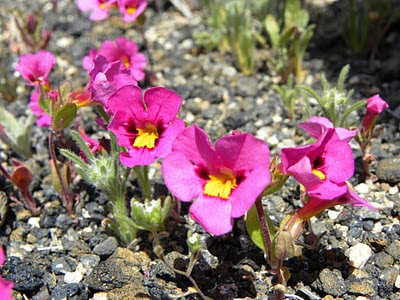OHV Damage Prompts Jawbone Canyon Trail Closures
An update on the " Friends of Jawbone Canyon " website highlights recent route closures as a result of illegal off-highway vehicle use causing damage to private property and areas of critical environmental concern. Jawbone Canyon is a checkerboard of public and private land on the western edge of the Mojave Desert, just northeast of Tehachapi and southwest of Ridgecrest. Some of the public land is designated as protected under the Jawbone-Butterbredt Area of Critical Environmental Concern (ACEC). In partnership with private landowners and the Bureau of Land Management (BLM), dozens of miles of OHV routes were opened to the public to enjoy the natural splendor of the area. An unlawful few, however, began to create new routes, irreparably harming undisturbed land, natural springs, and even cutting private fences. Some routes have been closed as Friend of Jawbone (FOJ) Canyon works in partnership with Kern County and the BLM to restore damaged lands. There is su...





